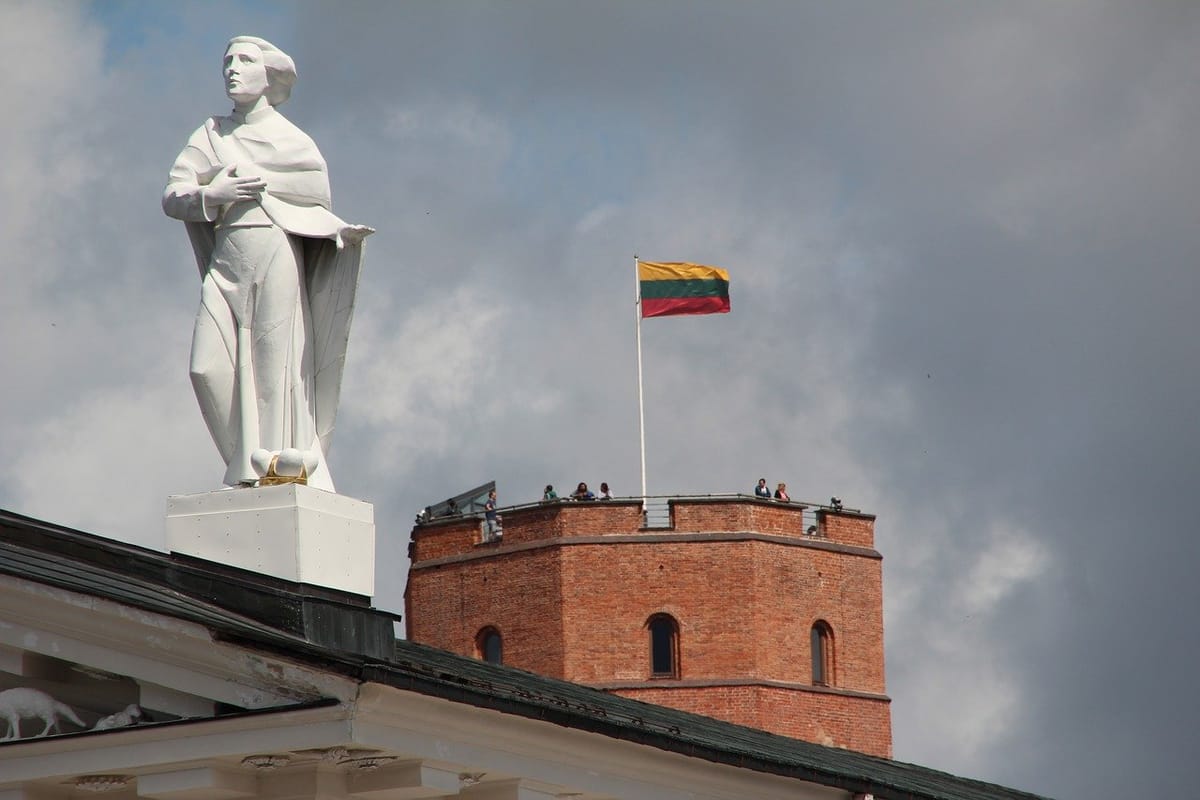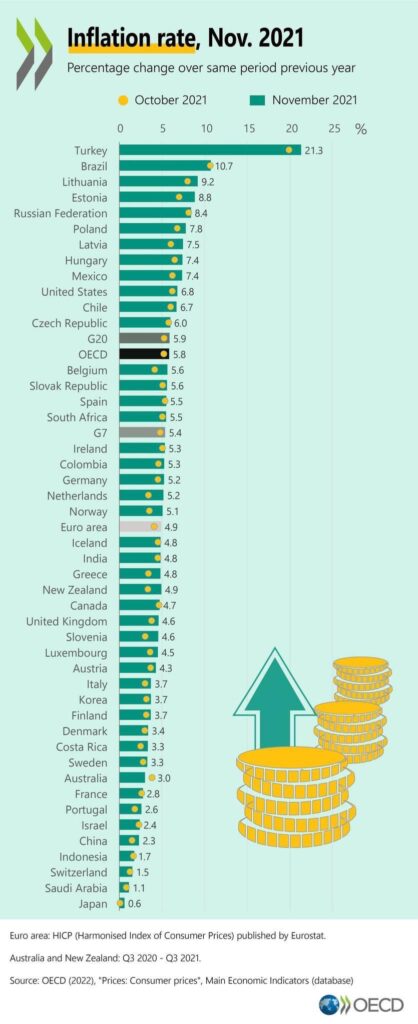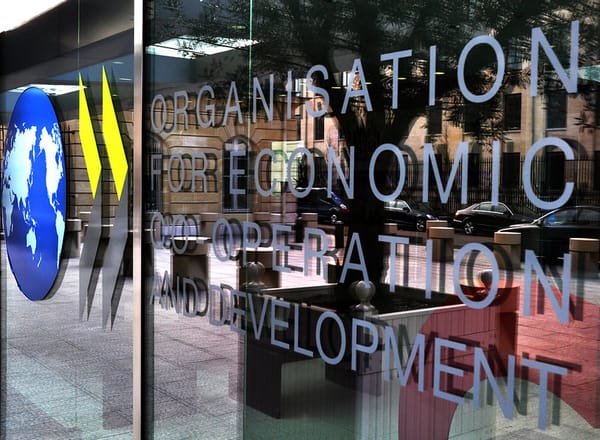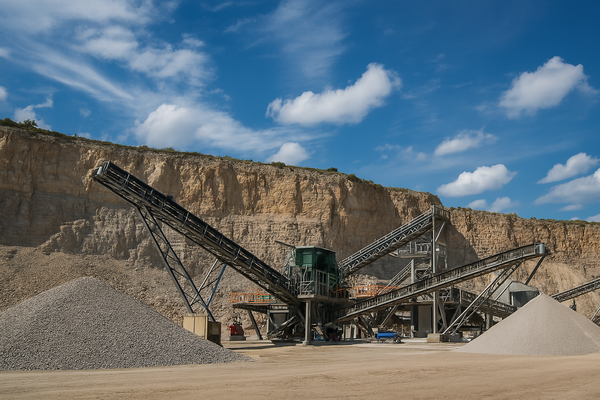
Baltic countries CEE's inflation hot spots
Price rises in Central and Eastern Europe (CEE) countries were mostly above the Eurozone average of 4.9% in November, as inflation surged at the highest rate for 25 years, according to the latest data of the Organisation for Economic Cooperation and Development (OECD).
Lithuania had CEE’s highest year-on-year inflation rate of 9.2% in November, just above Estonia with 8.8%, according to the OECD. Poland experienced price rises of 7.8%, slightly ahead of Latvia (7.5%) and Hungary (7.4%). With 6% inflation Czechia was just above the mean rates of the G20 (5.9%) and the OECD (5.8%). In November, prices rose 5.6% in Slovakia, 4.6% in Slovenia and 4.3% in Austria, the OECD found. In the Eurozone, meanwhile, prices climbed by 4.9%, up 0.8% month-on-month, but down 0.3% year-on-year, according to the Harmonised Index of Consumer Prices of the EU’s official statistics agency Eurostat.
Some CEE countries have fixed fuel prices and introduced price caps. With one eye on the upcoming elections on 3 April, the Hungarian government has frozen mortgage rates and set the 15 October 2021 price for seven food products: sugar, flour, cooking oil, pork leg, chicken breast, chicken tail and full-fat milk. The relevant government decree states that the measure has been introduced “in order to prevent the harmful effects of market anomalies”.






